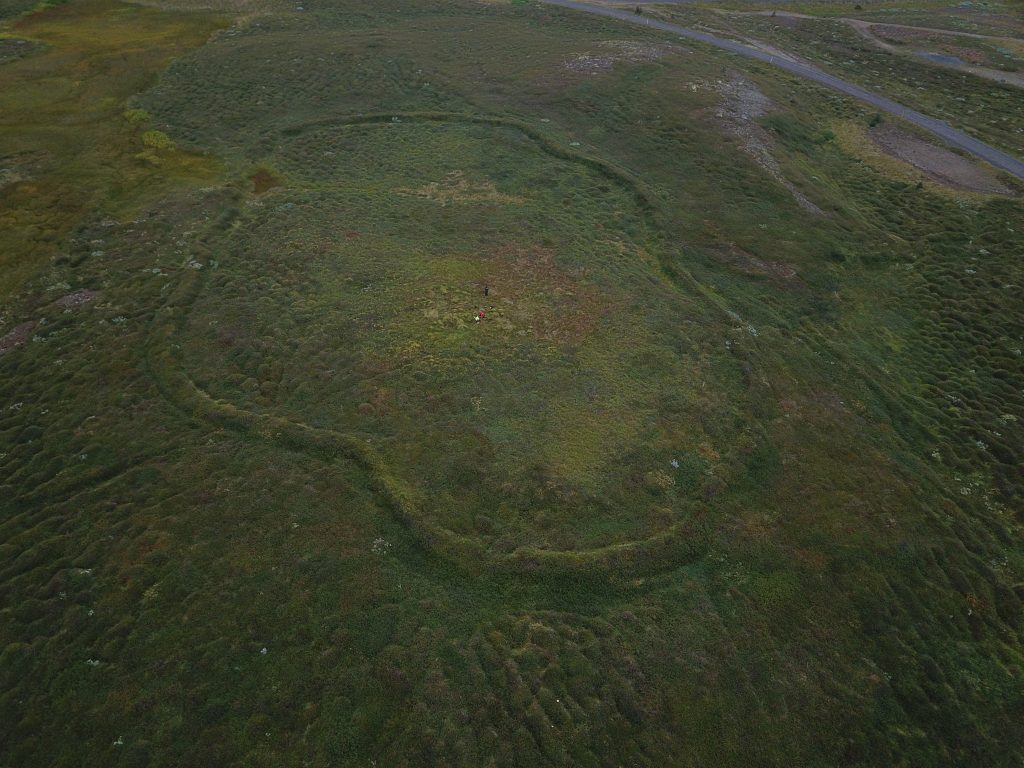Aim and scope
The aim of the project is to answer questions on the development of social stratification between 870-1500 (all dates are AD) in two northern valleys in Iceland: Svarfaðardalur and Hörgárdalur. This is a central question in Icelandic historiography that has never received proper attention. There are indications for an egalitarian society offarmers in the first part of the period, ca. 870-1100. Written sources appear just before 1200. By then, distinct and wide social stratification in Svarfaðardalur and Hörgárdalur was already established. How and why did the class system end in this result?
The hypothesis of an egalitarian society will be tested by research in upper-Svarfaðardalur and Hörgárdalur, where the evidence for the existence of free farmers is lacking, but where there are indications for settlement in the period 870-1100. The lack of written sources for the period requires that historical questions are answered through environmental archaeology, palaeoecology and geology. Evidence from written sources has given rise to two further problems for the period 1100-1500, also to be addressed via archaeological and environmental science methods: The potential development of a sub-tenant class between 1100-1400, and the social and economic consequences of the 1402-1404 pandemic. Written sources indicate an eradication of the old social structure and the creation of a new one around then. How is this observable in archaeology and ecology?

Aim and scope
The aim of the project is to answer questions on the development of social stratification between 870-1500 (all dates are AD) in two northern valleys in Iceland: Svarfaðardalur and Hörgárdalur. This is a central question in Icelandic historiography that has never received proper attention. There are indications for an egalitarian society offarmers in the first part of the period, ca. 870-1100. Written sources appear just before 1200. By then, distinct and wide social stratification in Svarfaðardalur and Hörgárdalur was already established. How and why did the class system end in this result?
The hypothesis of an egalitarian society will be tested by research in upper-Svarfaðardalur and Hörgárdalur, where the evidence for the existence of free farmers is lacking, but where there are indications for settlement in the period 870-1100. The lack of written sources for the period requires that historical questions are answered through environmental archaeology, palaeoecology and geology. Evidence from written sources has given rise to two further problems for the period 1100-1500, also to be addressed via archaeological and environmental science methods: The potential development of a sub-tenant class between 1100-1400, and the social and economic consequences of the 1402-1404 pandemic. Written sources indicate an eradication of the old social structure and the creation of a new one around then. How is this observable in archaeology and ecology?
